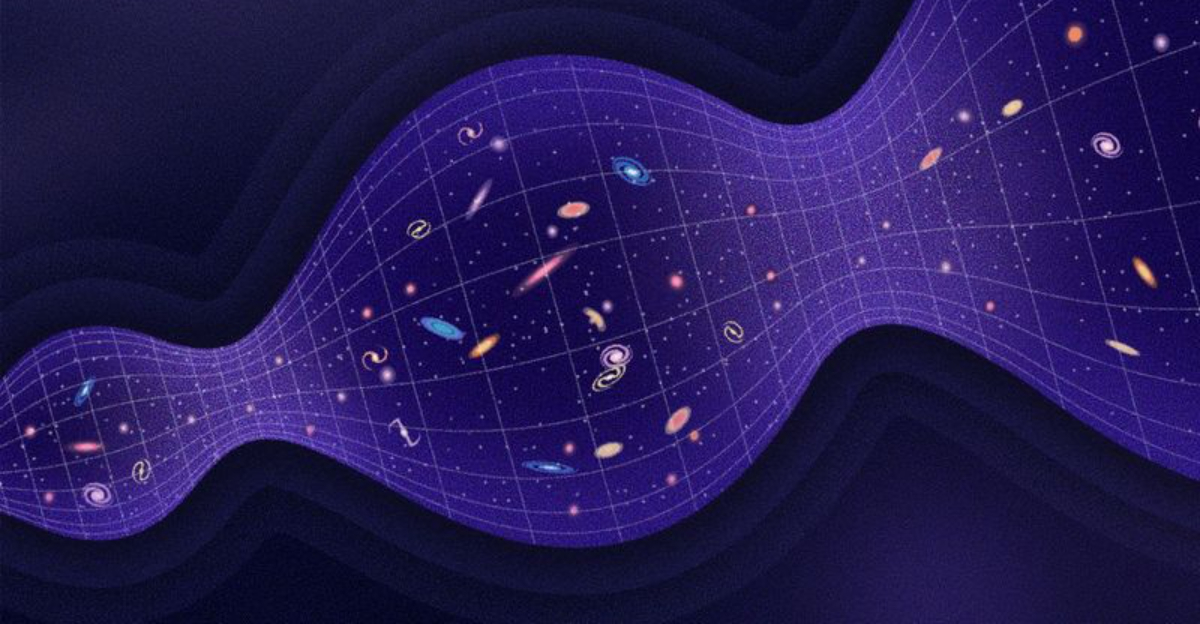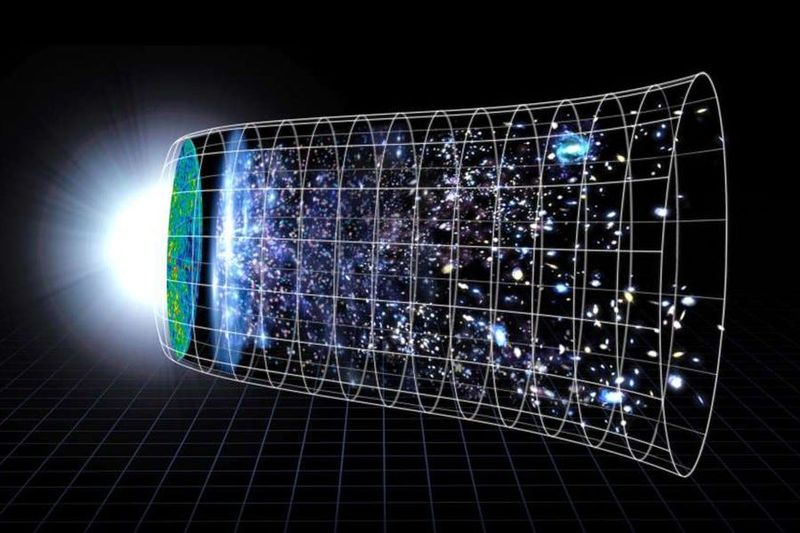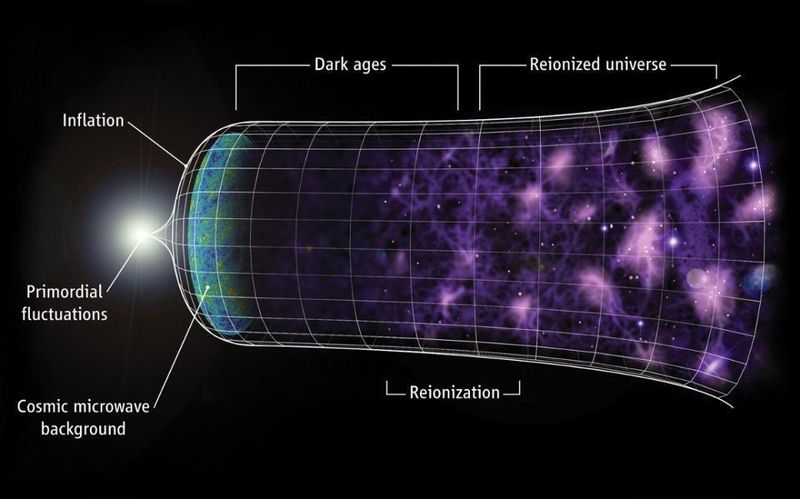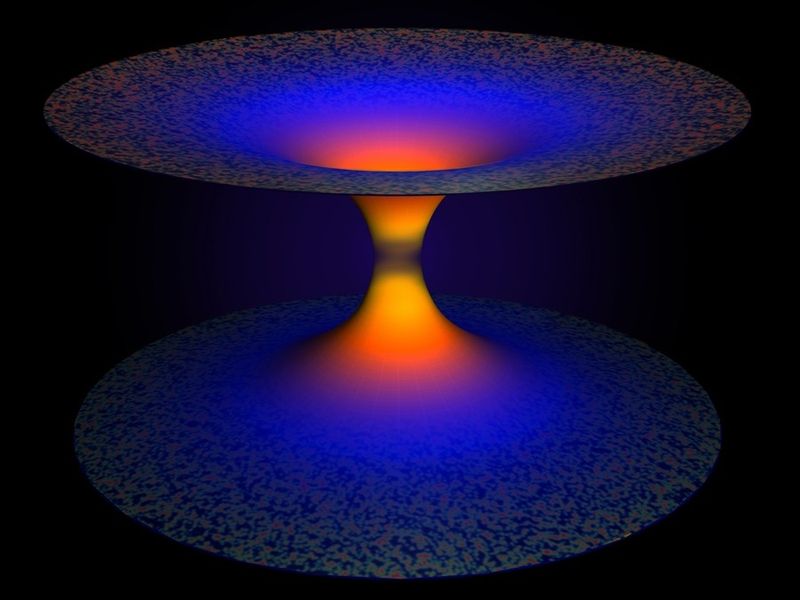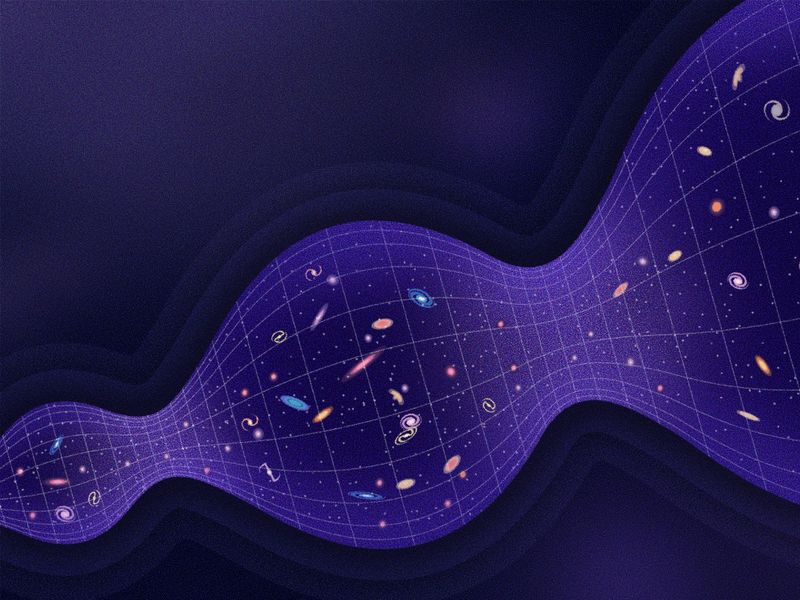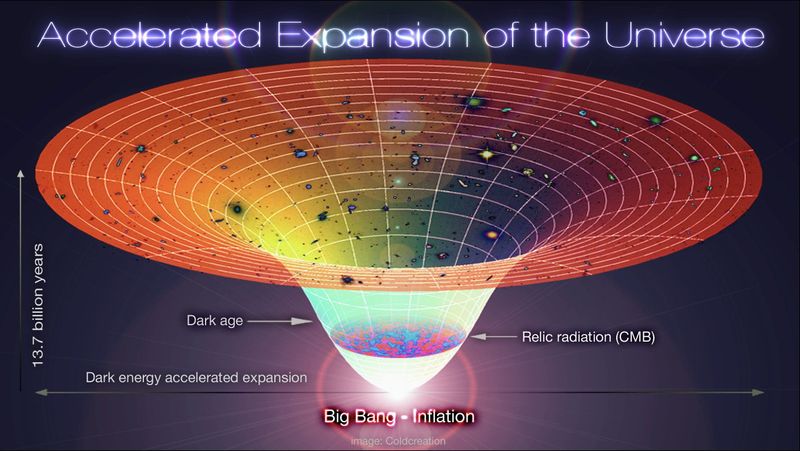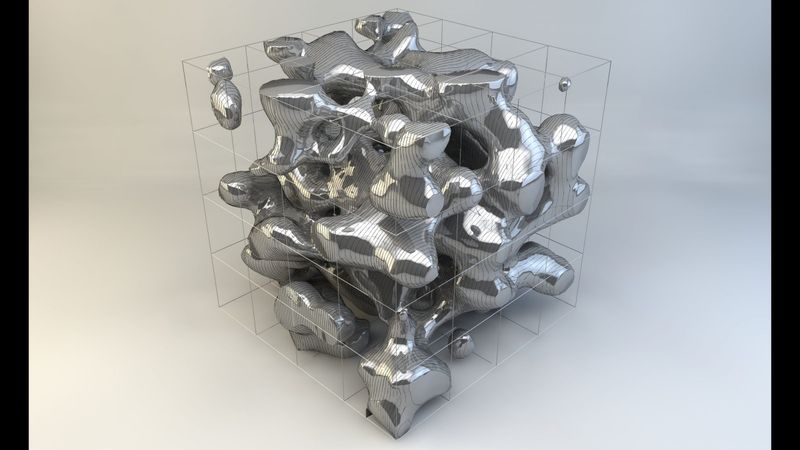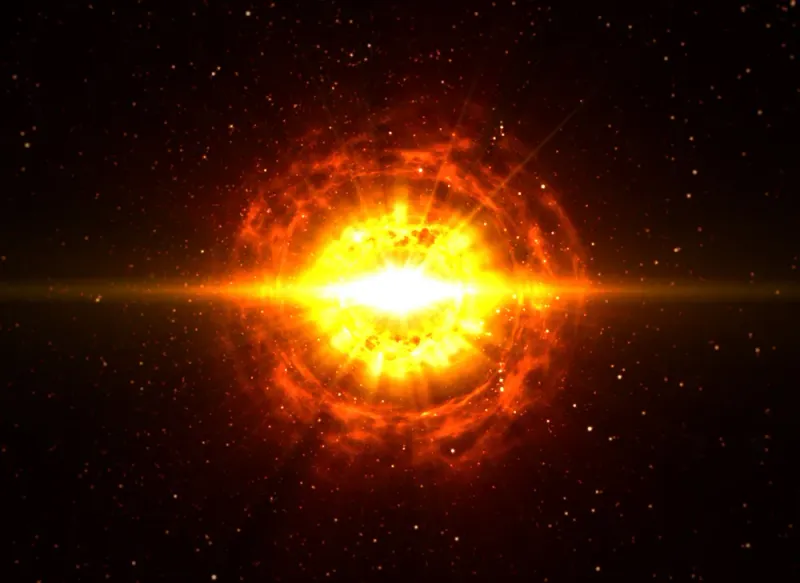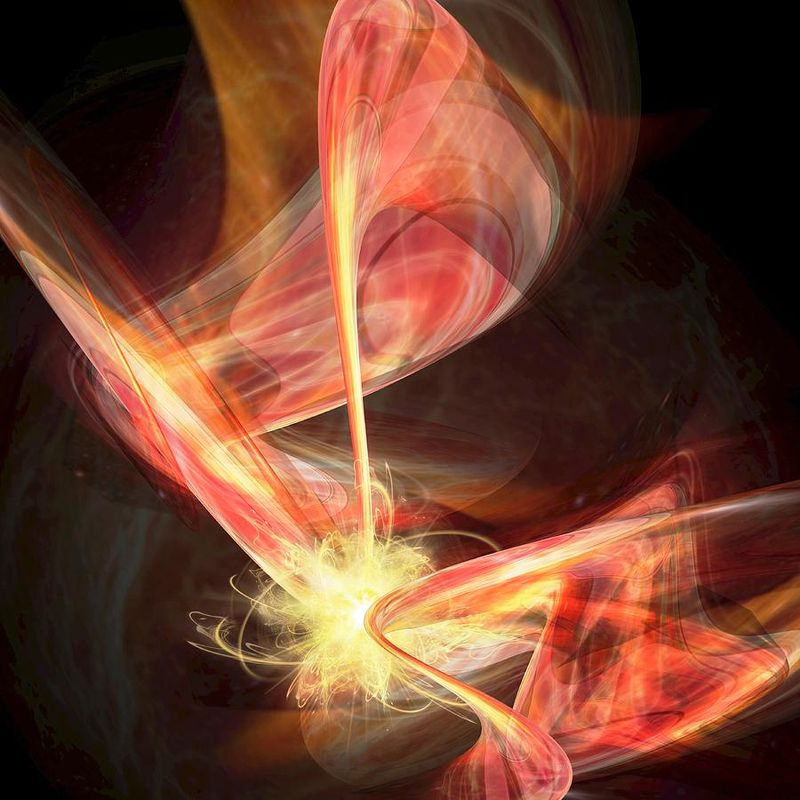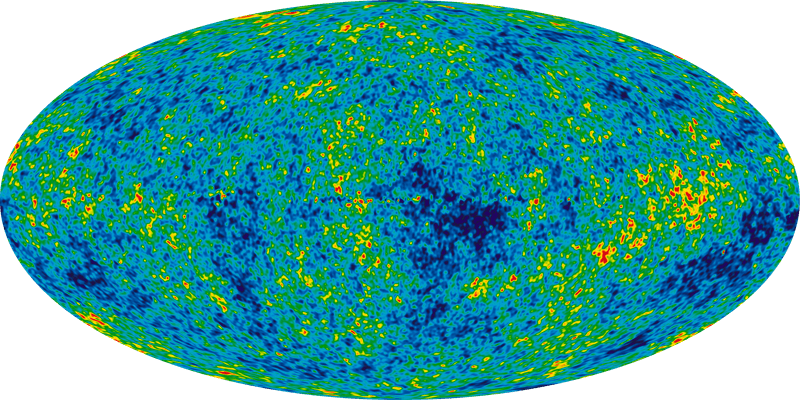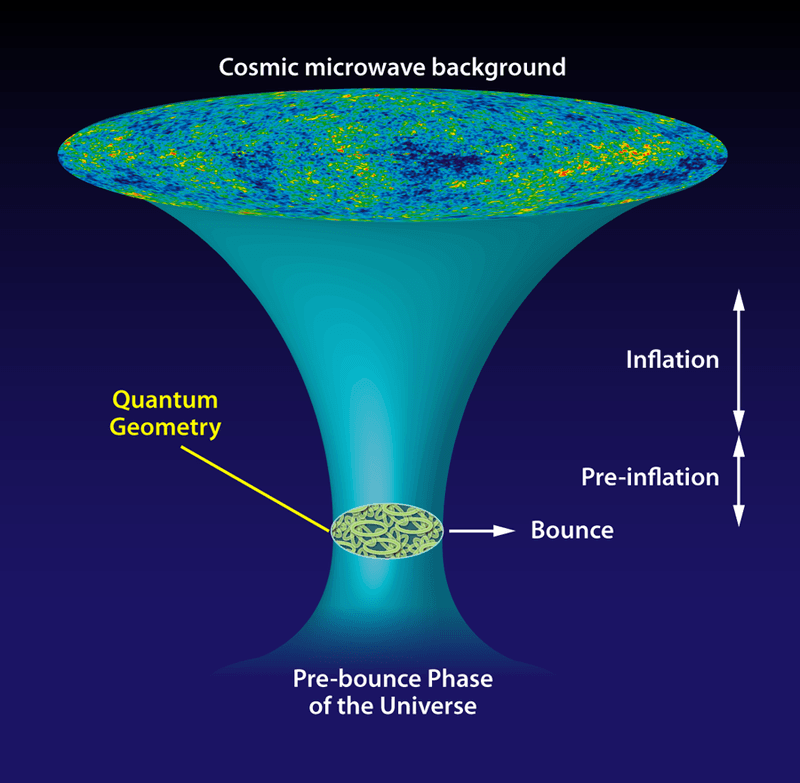The universe as we know it began with the Big Bang about 13.8 billion years ago. But what came before this cosmic beginning? Scientists and philosophers have wondered about this mind-bending question for centuries.
While we can’t see beyond the cosmic veil that hides the earliest moments of our universe, theories abound about what might have existed – if anything – before time and space themselves were born.
1. A Trillion Years Ago… Time Didn’t Exist
Trying to imagine what happened a trillion years ago is like trying to visit a place north of the North Pole—it simply doesn’t exist! According to Einstein’s theory of general relativity, time itself was born with the Big Bang.
Space, time, and matter all emerged together in that first moment. There was no “before” because time didn’t exist to create a before.
Scientists describe this as a boundary to time, similar to how the Earth’s surface has no edge you can fall off. Time simply begins at the Big Bang, making the concept of “before” meaningless in our traditional understanding.
2. The Big Bang Wasn’t Actually an Explosion
Despite its explosive-sounding name, the Big Bang wasn’t a boom in existing space. Space itself was created and stretched during this event, like dots on an inflating balloon growing farther apart.
Everything we know—galaxies, stars, planets—expanded from a single point of infinite density and temperature called a singularity. This expansion continues today as galaxies rush away from each other.
The name “Big Bang” was actually coined by astronomer Fred Hoyle, who didn’t believe the theory! He used the term somewhat mockingly during a radio broadcast in 1949, but the catchy name stuck around.
3. Quantum Gravity Theories Suggest a Cosmic Bounce
Some cutting-edge physics theories propose that our universe might have been born from the collapse of a previous universe! This “Big Bounce” idea comes from loop quantum gravity, which combines Einstein’s theories with quantum mechanics.
When a previous universe contracted to its smallest size, quantum effects may have caused it to rebound rather than collapse completely. Like a cosmic trampoline, the universe might bounce back and forth between expansion and contraction.
If true, our Big Bang might simply be one bounce in an endless cosmic cycle, with each universe giving birth to the next through these massive contractions and expansions.
4. Cyclic Universe Models Propose Eternal Cosmic Loops
What if our universe is just one chapter in an endless cosmic story? Cyclic universe models suggest exactly this—that universes are born, expand, contract, and are reborn in an infinite cycle.
Physicist Paul Steinhardt and Neil Turok developed a version where our universe exists on a membrane (or “brane”) in higher dimensions. These branes periodically collide, creating Big Bangs and new universes.
The appealing aspect of cyclic models is they remove the need for a definite beginning. The universe becomes eternal, with each cycle lasting perhaps a trillion years before starting anew, solving the puzzle of what came “before.”
5. Inflation Theory Explains the After, Not the Before
Cosmic inflation theory revolutionized our understanding of the early universe. In the tiniest fraction of a second after the Big Bang—about 10⁻³⁶ seconds—the universe expanded faster than light speed, growing from smaller than an atom to astronomical size!
This explains why the universe looks so uniform in all directions. But inflation doesn’t tell us what sparked the Big Bang itself.
Alan Guth proposed inflation in 1980 to solve several cosmic puzzles. While it brilliantly explains how our universe grew so quickly and evenly, it remains silent on the ultimate question: what existed before inflation began? That mystery remains unsolved.
6. Quantum Foam May Have Preceded Everything
At extremely tiny scales—smaller than atoms—space might not be smooth but frothy and bubbling with energy. Physicists call this bizarre state “quantum foam,” where particles pop in and out of existence constantly.
Nobel Prize winner John Wheeler suggested this foam might be the fundamental nature of reality. Some theories propose our universe emerged from a random fluctuation in this foam—a quantum hiccup that grew into everything we know!
This foam would exist in a timeless state where the normal rules of physics break down. Rather than asking what came “before,” we might need to accept that reality at its most fundamental level is probabilistic and strange.
7. Hawking’s No-Boundary Proposal Eliminates the Beginning
Legendary physicist Stephen Hawking and colleague James Hartle developed an elegant solution to the “before the Big Bang” problem—they removed the need for a beginning altogether! Their No-Boundary Proposal suggests time behaves like a fourth dimension of space near the Big Bang.
Imagine the beginning of time as similar to the North Pole. Just as you can’t go north of the North Pole (any direction from there is south), you can’t go “before” the beginning of time.
Time essentially curves back on itself, forming a smooth, closed surface with no edge or boundary. This mathematical model eliminates the need for a starting point while preserving Einstein’s equations.
8. Colliding Multiverses Might Trigger Big Bangs
Picture our universe as a giant membrane floating in higher-dimensional space. Now imagine it’s not alone! This is the foundation of brane cosmology from string theory.
Our universe might be just one of many 3D membranes, or “branes,” existing in a higher-dimensional reality. When these branes collide—BOOM—a Big Bang occurs!
Physicist Michio Kaku compares it to bubbles in a boiling pot of water, occasionally touching and creating new universes. If true, our Big Bang might have been caused by such a collision, with countless other universes existing beyond our cosmic horizon—a multiverse of infinite possibilities.
9. The Cosmic Curtain Hides Our Earliest Moments
The oldest light we can see is the Cosmic Microwave Background (CMB)—radiation released when the universe was just 380,000 years old. Before this, the universe was so hot and dense that light couldn’t travel freely.
This creates a literal wall in time beyond which we cannot directly observe. Astronomers call this the “surface of last scattering,” the point where light first broke free to travel through space.
This cosmic curtain frustrates scientists because the most interesting events—the Big Bang itself and what came before—happened behind this veil. New physics and indirect measurements might someday let us peek behind this ancient curtain.
10. The Limits of Knowledge at the Planck Scale
At the tiniest possible scale—the Planck length (about 10⁻³⁵ meters)—our current physics theories simply break down. This happens at 10⁻⁴³ seconds after the Big Bang, called the Planck time.
At this scale, quantum effects and gravity become equally important, but Einstein’s gravity and quantum mechanics don’t play well together! It’s like trying to read a book with incompatible languages on each page.
A unified theory of quantum gravity is the holy grail that might let us understand these earliest moments. Until then, what existed before the Big Bang remains at the boundary between physics and philosophy—a cosmic mystery at the edge of human understanding.
